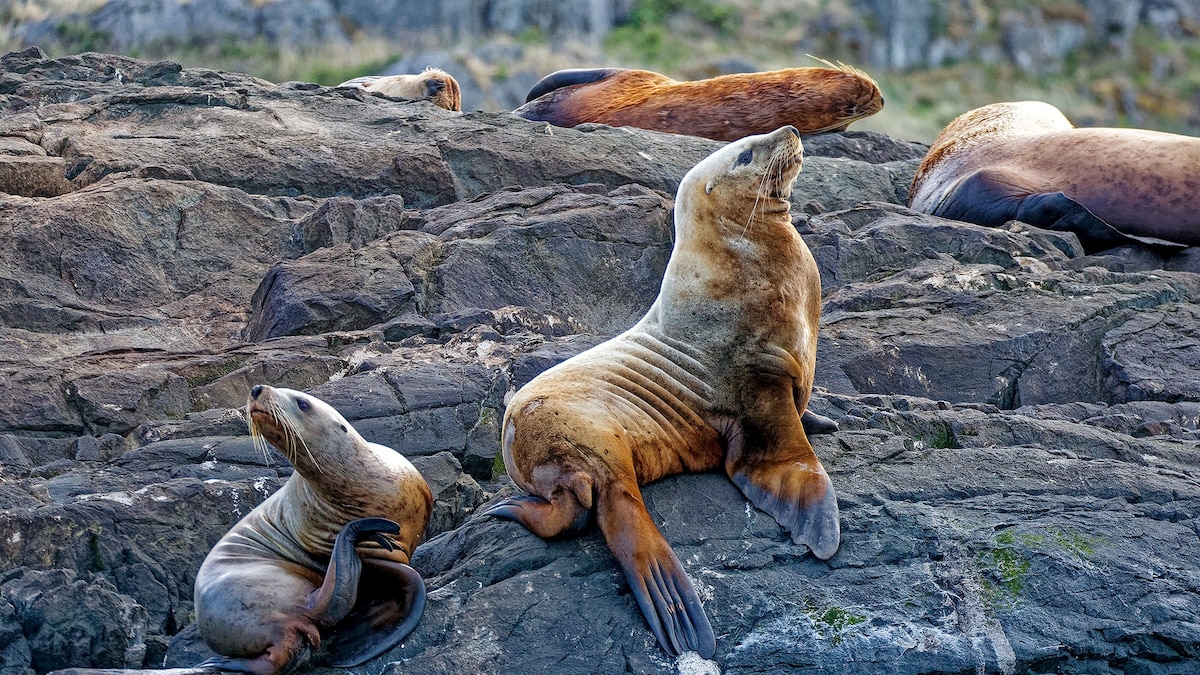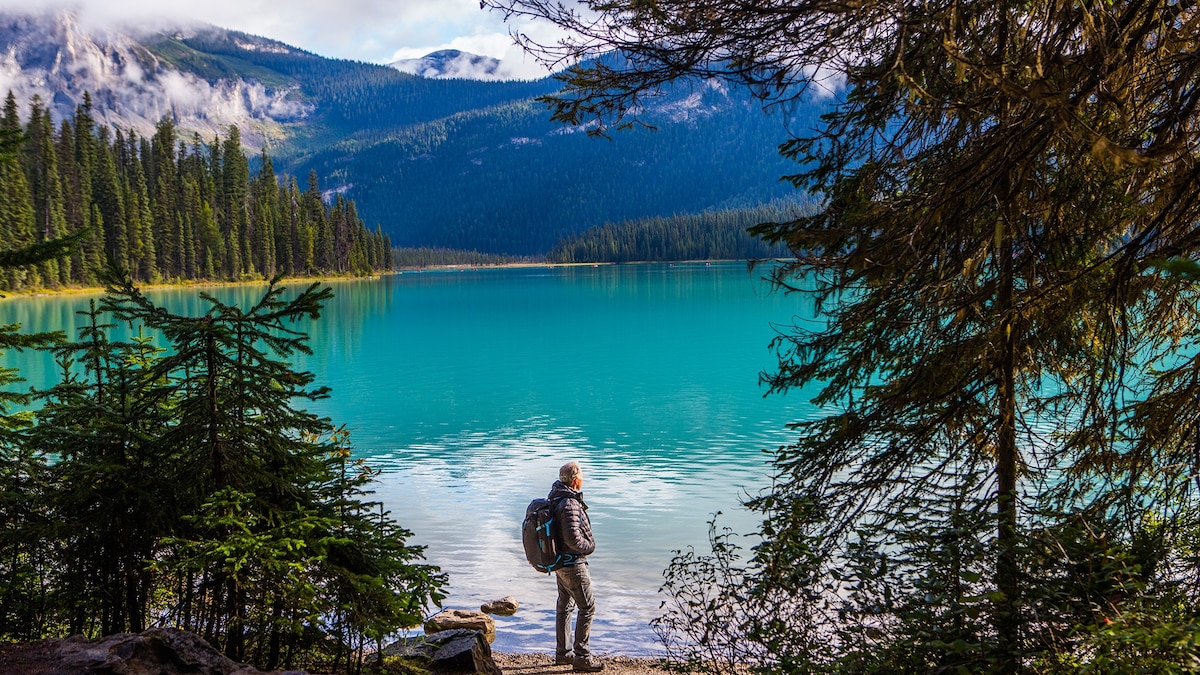Now Reading: Explore Campbell River: Canada’s ‘Salmon Capital of the World’ Awaits
-
01
Explore Campbell River: Canada’s ‘Salmon Capital of the World’ Awaits
Explore Campbell River: Canada’s ‘Salmon Capital of the World’ Awaits

Rapid Summary
- Campbell River, located on the east coast of Vancouver Island, is known as the “Salmon Capital of the World.”
- Every summer and autumn, five species of salmon – pink, coho, chinook, chum, and sockeye – migrate from the Pacific Ocean to their freshwater spawning grounds in local rivers.
- In 2024, approximately one million pink salmon returned to Campbell River after traveling thousands of miles across the Pacific.
- Oceanfix Dive Center offers self-guided snorkelling tours during peak spawning season (late July to September),allowing visitors to float downstream with wetsuits and witness these fish in their natural environment.
- The snorkelling experience has been described as both thrilling and transformative by participants such as Stephen Neff (Oceanfix owner), who emphasizes its unique appeal.
- Campbell River’s aquatic ecosystem thrives due to nutrient-rich waters and strong currents that support marine life like octopuses, kelp forests, wolf eels, seals, and sea lions. Jacques Cousteau ranked it among the world’s top dive sites after the red Sea.
- conservation measures supported by tourism include collaborations with Greenways Land Trust’s Streamkeepers programme for environmental restoration projects like planting eelgrass in estuaries damaged over time. First Nations communities are also actively reclaiming stewardship of local waters.
Images:
1) snorkelling tour: Guests being guided thru Campbell River (Photograph by Oceanfix Dive Centre).
!vancouverislandGettyImages-1175943549_HR.jpg”>Sea Lions
Indian Opinion Analysis
the annual salmon migration showcased at Canada’s Campbell River highlights nature’s incredible resilience while underscoring global challenges related to ecosystems under pressure from human activities.For India-a country rich in biodiversity-the accomplished integration of low-impact ecotourism initiatives like snorkelling tours alongside conservation efforts offers valuable insights into balancing environmental preservation with lasting tourism growth.
India possesses vibrant aquatic ecosystems such as mangroves or river basins that support extensive wildlife habitats but face threats from progress or pollution pressures similar to those observed globally at places like Vancouver Island’s estuaries. Learning how indigenous communities manage stewardship programs may inspire similar approaches back home as First Nations’ contribution shows restoration yielding tangible results when community-led action drives sustainability priorities effectively.On a broader note-connecting travelers directly with nature fosters gratitude plus potential advocacy around regional biodiversity protection themes critical amid rising climate variability impacts worldwide not distant alone uniquely relevant consequences direct include rivers coastlines integral many stakeholders active protect custodial equitable share future generations responsibly attend Read more: read more.























